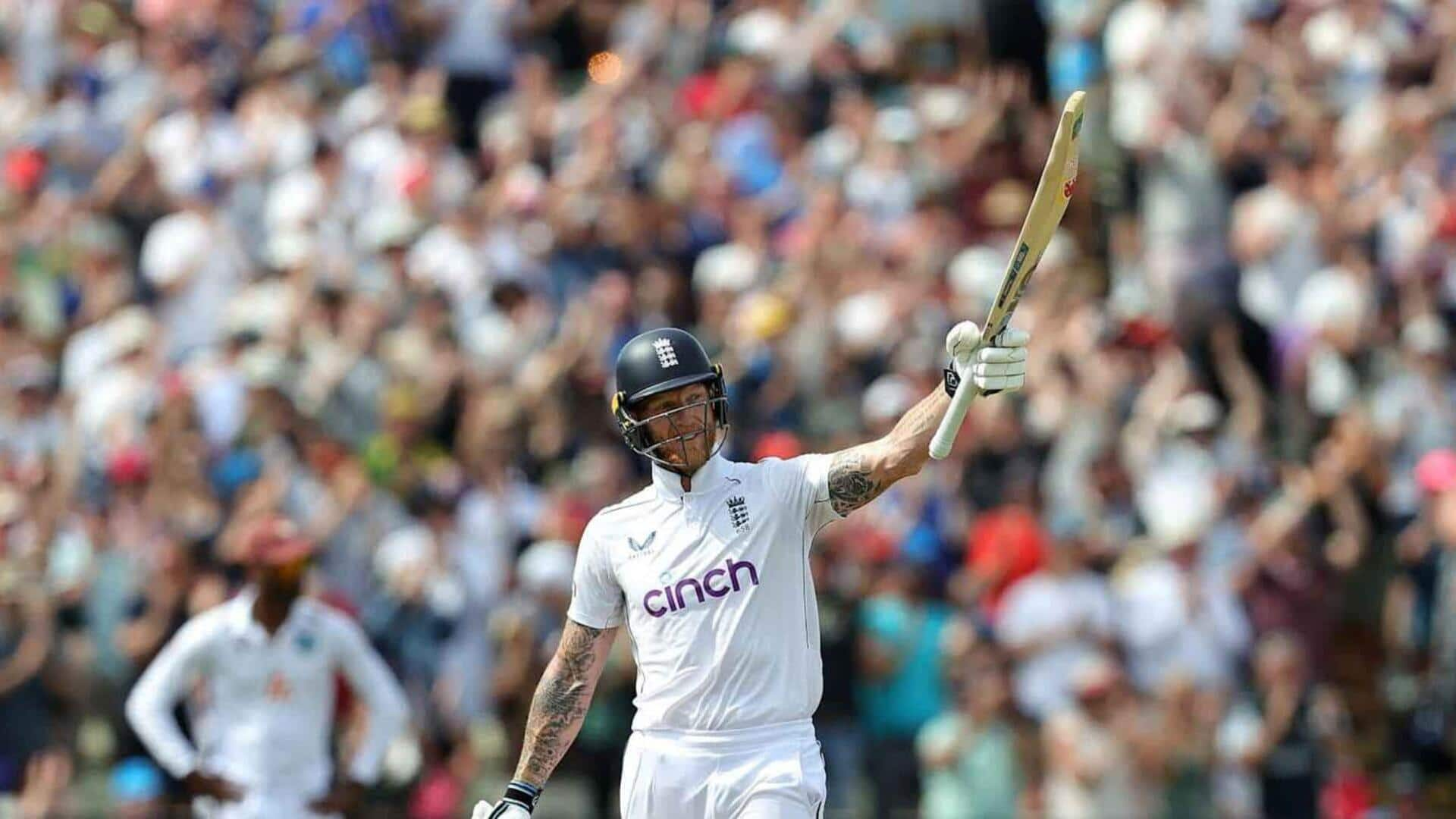
WASHINGTON — Just a few weeks ago, the path ahead for the Federal Reserve looked straight-forward: With infl ation cooling and the job market slowing, the Fed appeared on track to steadily cut interest rates. In September, its officials predicted that they would reduce their benchmark rate four times next year, on top of three rate cuts this year. Yet that outlook swiftly changed.
Several surprisingly strong economic reports, combined with President-elect Donald Trump's policy proposals, have led to a decidedly more cautious tone from the Fed that could mean fewer cuts and higher interest rates than were expected. Fewer rate cuts would likely mean continued high mortgage rates and other borrowing costs for consumers and businesses. Auto loans would remain expensive.

Small businesses would still face high loan rates. People are also reading..
. In a recent speech in Dallas, Chair Jerome Powell made clear that the Fed isn't necessarily inclined to cut rates each time it meets every six weeks. "The economy is not sending any signals that we need to be in a hurry to lower rates," Powell said.
"The strength we are currently seeing in the economy gives us the ability to approach our decisions carefully." His comments were widely seen as signaling potentially fewer rate cuts in 2025, a view that sent stock prices falling after they surged with Trump's election. Trump has proposed higher tariff s on all imports as well as mass deportations of undocumented immigrants — steps that economists say would worsen infl ation.
The president-elect has also proposed a menu of tax cuts and deregulation, which might help spur economic growth but would also fan infl ation if businesses couldn't find enough workers to meet increased consumer demand. And recent economic data suggests that infl ation pressures could prove more persistent and economic growth more resilient than was thought just a few months ago. At his most recent news conference, Powell suggested that the economy could even accelerate in 2025.
Wall Street traders and some economists now envision just two, rather than four, rate cuts next year. And while the Fed will likely cut its key rate when it meets in mid-December, traders foresee a nearly even likelihood that the central bank could leave the rate unchanged. "I absolutely would anticipate that they'll ease up on the pace of cuts," said Jim Baird, chief investment officer at Plante Moran Financial Advisors.
"The potential for growth to remain strong — that has to call into question whether they will feel either the need or ability to cut rates at the pace they had previously forecast." Economists at Bank of America expect annual infl ation to remain "stuck" above 2.5%, higher than the Fed's 2% target level, in part given the likelihood that Trump's economic proposals, if carried out, would fuel price pressures.
The economists now foresee just three rate reductions in the coming months, in December, March and June. And they expect the Fed to stop easing credit once its benchmark rate, now at 4.6%, reaches 3.
9%. Krishna Guha, an analyst at investment bank Evercore ISI, wrote recently, "We think the looming Trump presidency is helping to drive a change in tone from the Fed — including Powell — towards a warier and more hedged posture on the pace and extent of further cuts." Trump has vowed to impose a 60% tariff on all Chinese goods and a "universal" tariff of 10% or 20% on everything else that enters the United States.
On Wednesday, a top executive at Walmart, the world's largest retailer, warned that Trump's tariff proposals could force the company to raise prices on imported goods. "Tariff s will be infl ationary for customers," John David Rainey, Walmart's chief financial officer, told The Associated Press. Other consumer goods and retail companies, including Lowe's, Stanley Black & Decker and Columbia Sportswear, have issued similar warnings.
In trying to gauge the right level for interest rates, the Fed's policymakers face a significant obstacle: They don't know how much further they can reduce rates before reaching a level that neither stimulates nor restrains the economy — what's called the "neutral rate." The officials don't want to cut rates so low as to overheat the economy and reignite infl ation. Nor do they want to keep rates so high as to damage the job market and the economy and risk a recession.
An unusually wide divergence has developed among the 19 officials on the Fed's rate-setting committee as to where the neutral rate is. In September, the officials collectively projected that the neutral rate lies between 2.4% and 3.
8%. Lorie Logan, president of the Federal Reserve Bank of Dallas, noted that that range is twice as large as it was two years ago. In a recent speech, Logan suggested that the Fed's benchmark rate might be only slightly above the neutral level now.
If so, that would mean few additional rate cuts are needed. Other officials disagree. In a recent interview with The Associated Press, Austan Goolsbee, president of the Fed's Chicago branch, said he thought the neutral rate is much lower than the Fed's current rate.
If so, many more rate cuts would likely be appropriate. "I still think we're far from what anybody thinks is neutral," Goolsbee said. "We still got a ways to come down.
" Perhaps the biggest unknown is how Trump's proposals on tariff s, deportations and tax cuts will shape the Fed's rate decisions. Powell has stressed that the Fed won't change its policymaking until it's clear what changes the new administration will implement. As is customary for the Fed, though, Powell avoided commenting directly on presidential policies.
But he did acknowledge that the Fed's economists are assessing the potential eff ects of a Trump presidency. "We don't actually really know what policies will be put in place," Powell said. "We don't know over what timeframe.
" Get local news delivered to your inbox!.










